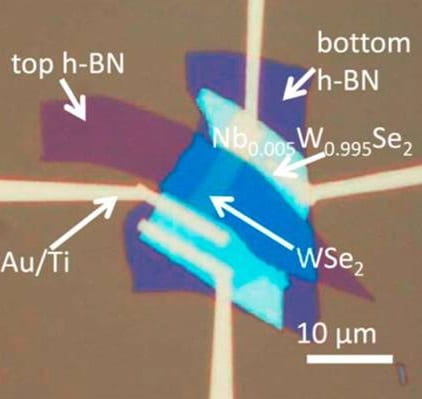Two-Dimensional Semiconductors & TMDs
Graphene, a monolayer of graphite, captivated the scientific community for over a decade now by combining high carrier mobility with mechanical strength and flexibility as well as thermal and chemical stability. However, the absence of a fundamental gap has made it unsuitable for use as a channel material in semiconductor electronics. Therefore, the scientic community has turned its interest to 2D materials with an intrinsic bandgap. Particularly, TMDs such as molybdenum disulfide, molybdenum diselenide, and tungsten diselenide have demonstrated a multitude of graphene-like properties desirable for flexible electronics and optoelectronics applications, including a relatively high carrier mobility, mechanical flexibility, chemical and thermal stability, and moreover offer the significant advantage of a substantial bandgap essential for digital electronics. In addition, pristine surfaces of TMDs are free of dangling bonds, which reduces surface roughness scattering and interface traps. Moreover, the direct bandgap of in monolayer TMDs also makes them promising candidates for novel optoelectronic devices.








